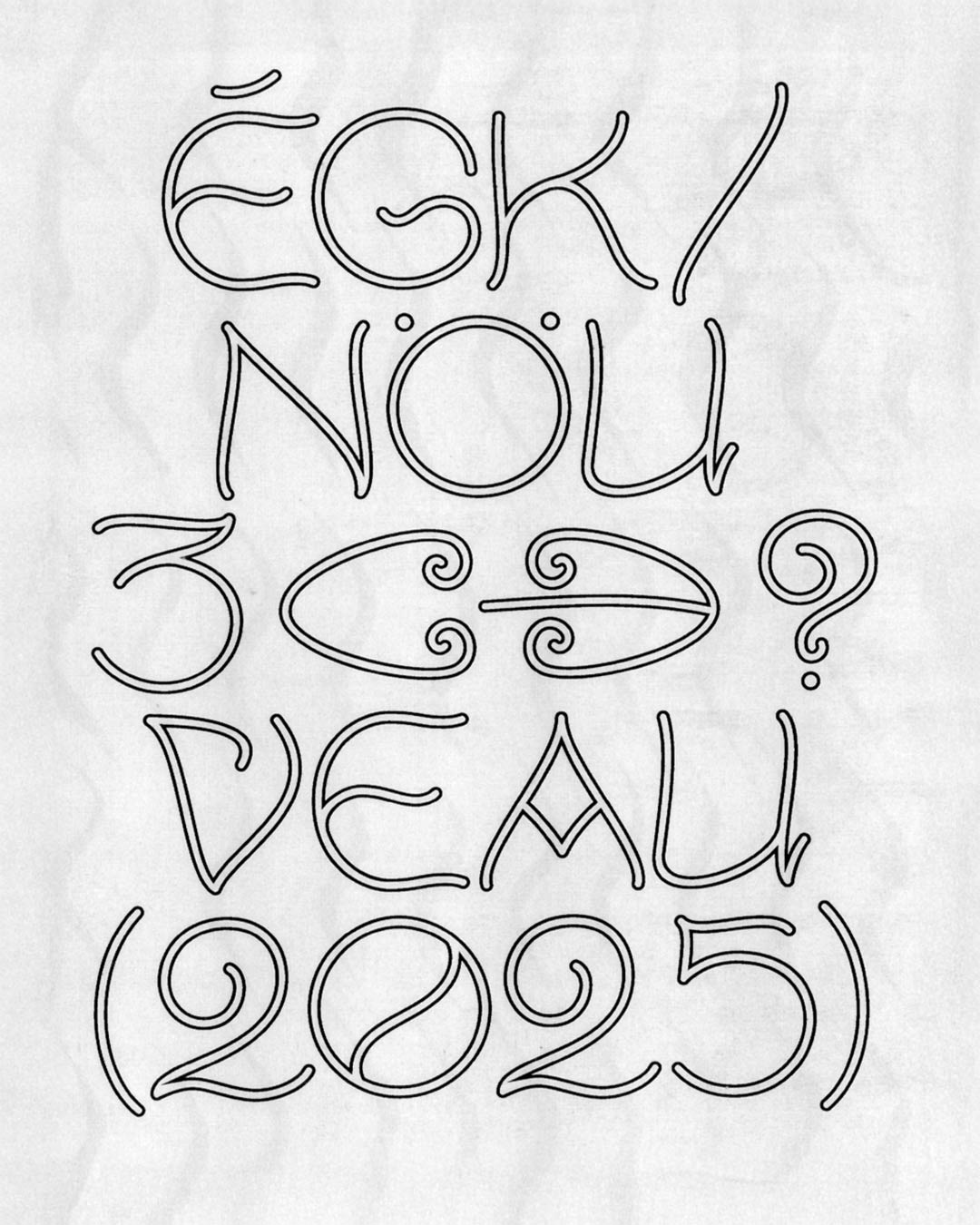

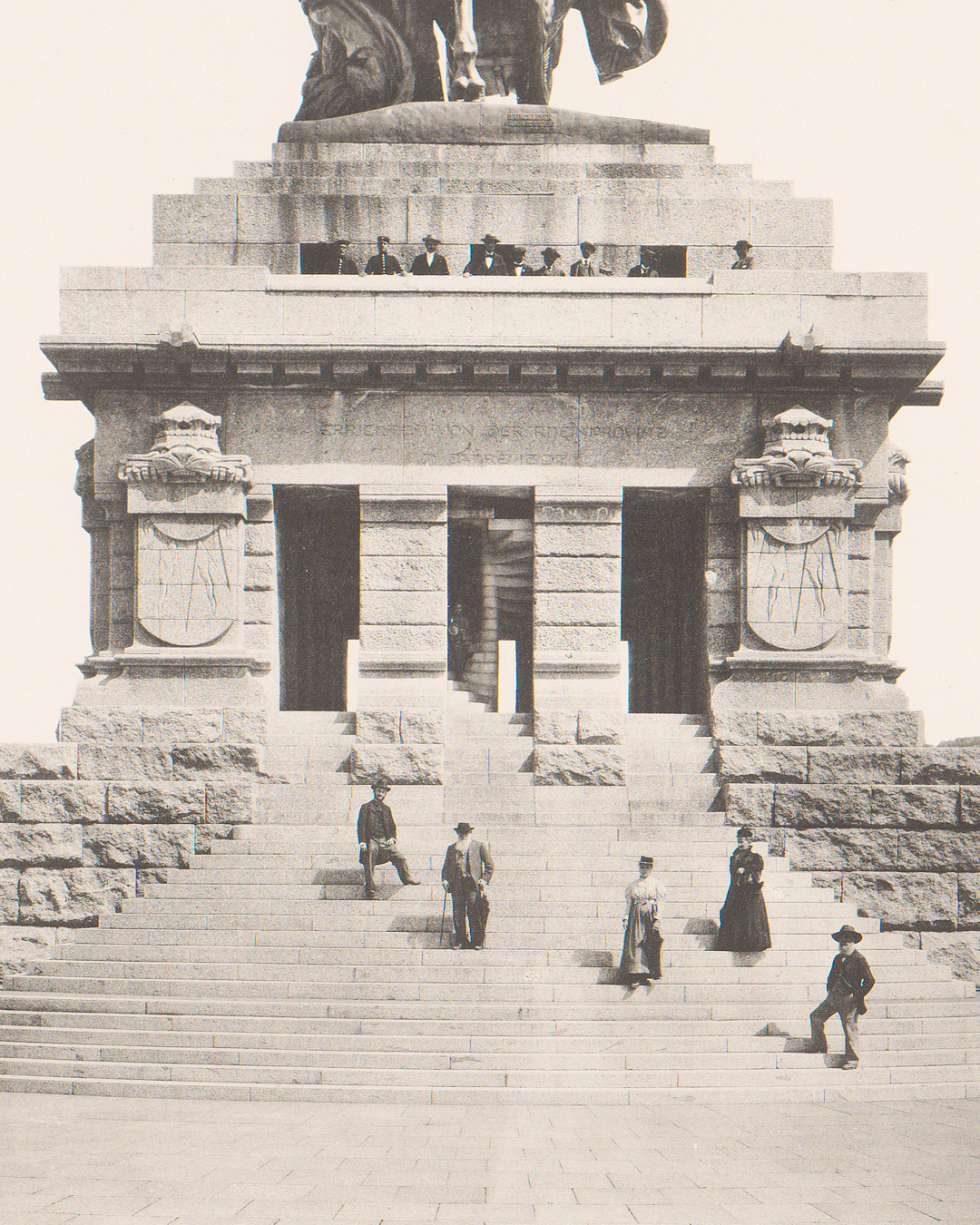
Eck Nouveau is a typeface I developed based on a stone inscription I came across a few years ago at the Kaiser Wilhelm Monument in Koblenz, where the Rhine meets the Moselle, at the so-called Deutsches Eck. The original letters are part of an Art-nouveuesque inscription carved into the granite pedestal, subtle and easy to miss next to the massive late-19th-century structure. For me, the letters are a great example of German Art Nouveau: earthy, restrained, and less playful than its French or Belgian counterparts.




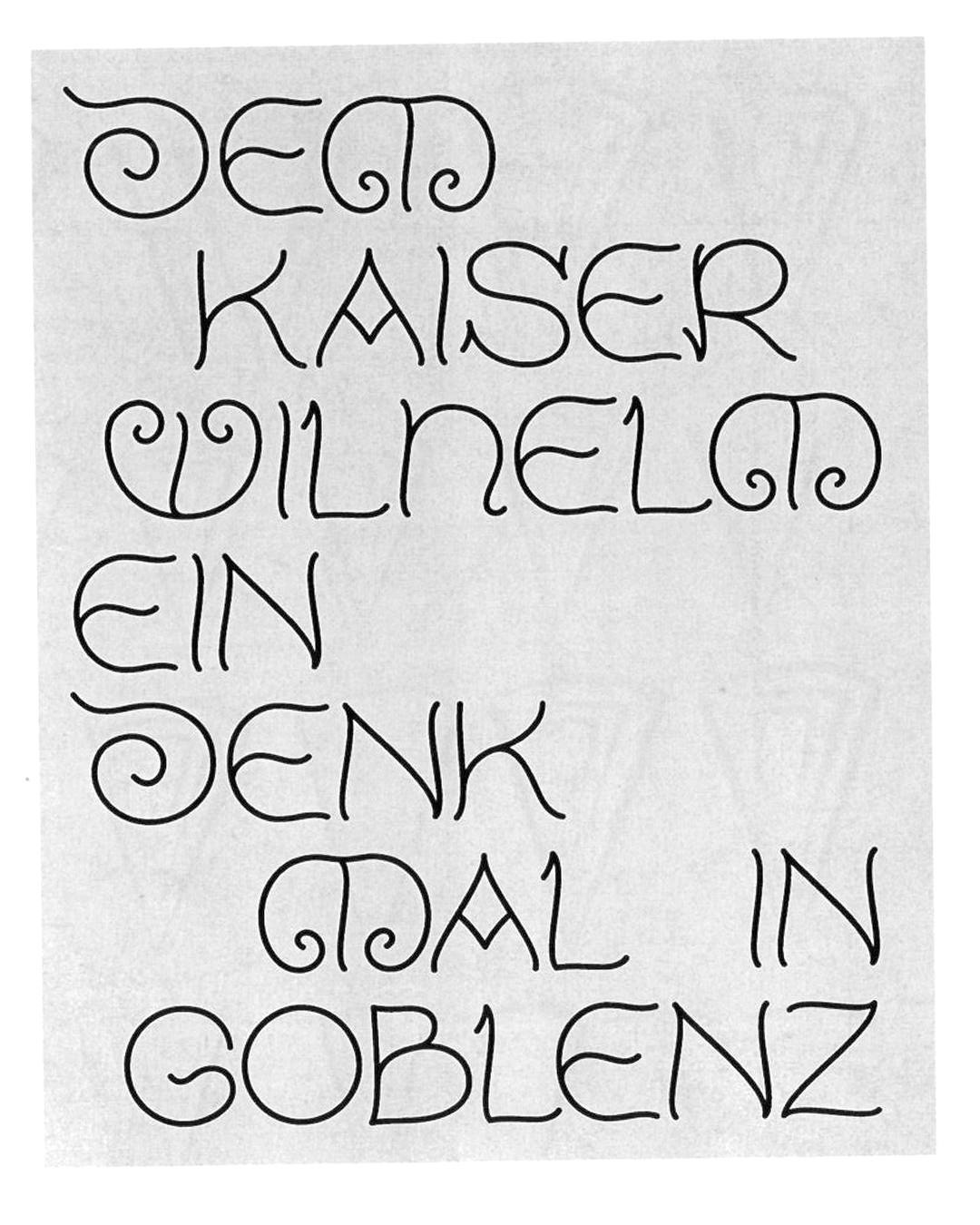
As is often the case when working with historical type, the challenge lay in the fact that only a few letters had survived… far too few to construct a full alphabet, including numerals and special characters, without interpretation.Despite a bit of digging, several phone calls, and email correspondence, I was unable to find any original drawings by August Vogel, the Berlin-based sculptor who created the inscription. All I found was a brief mention in a personnel file in the archives of the Prussian Cultural Heritage Foundation, noting it as one of his many commissions. No original sketches yet. The entire monumental ensemble, designed by architect Bruno Schmitz, with the bronze statue by Emil Hundrieser, was inaugurated in 1895, destroyed in 1945 at the end of WW2, and reconstructed after German reunification in 1993 in its original form.

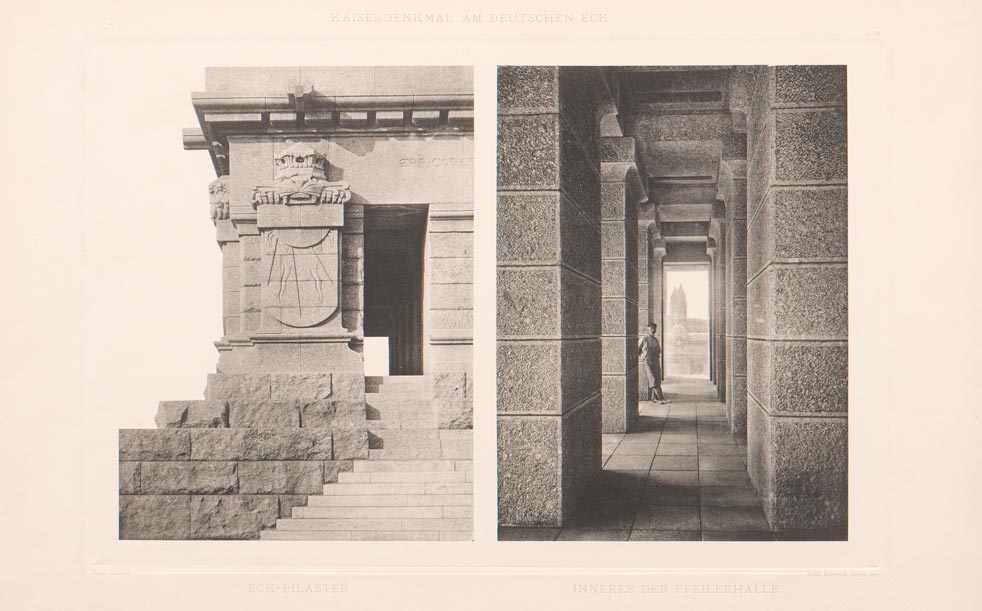
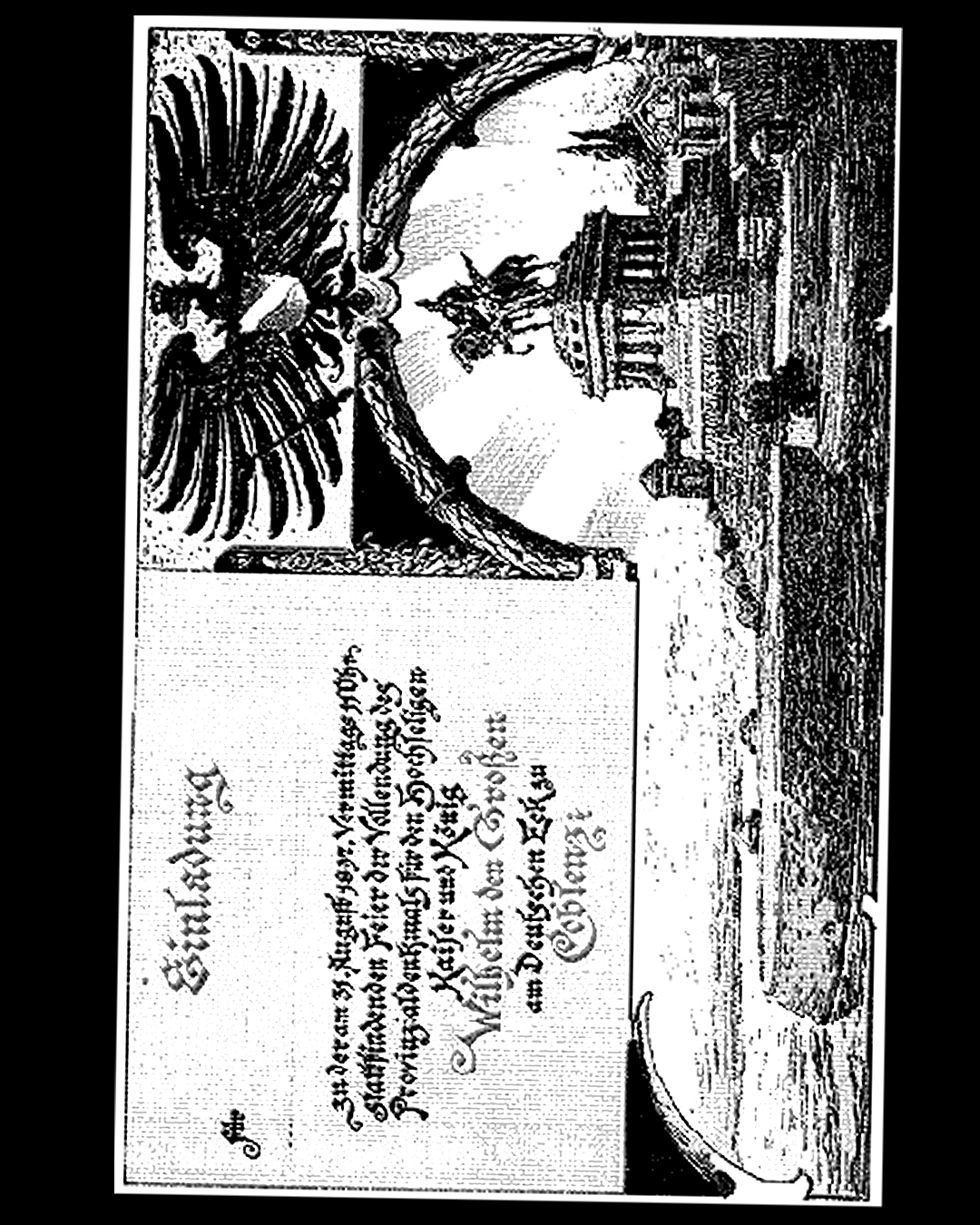
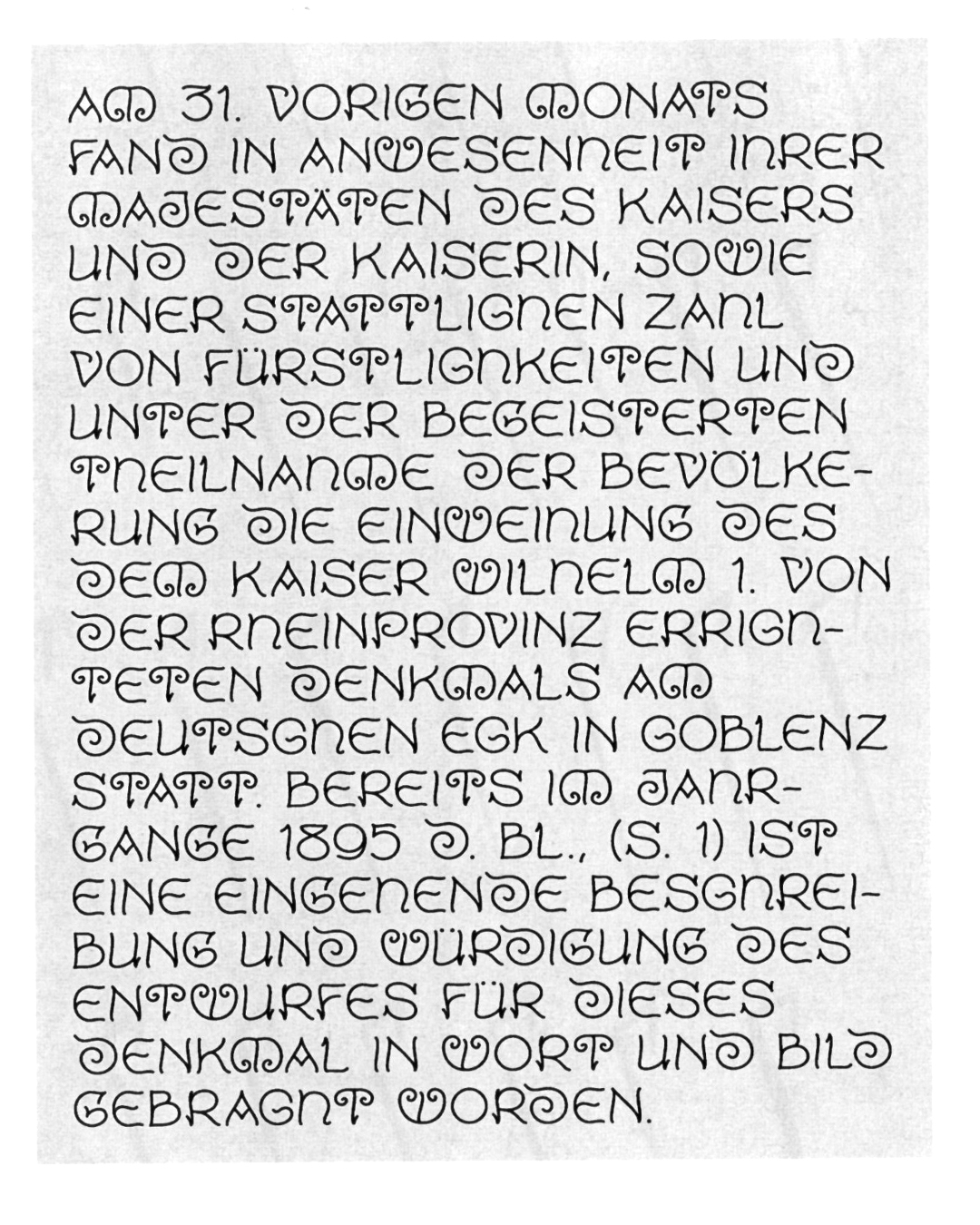
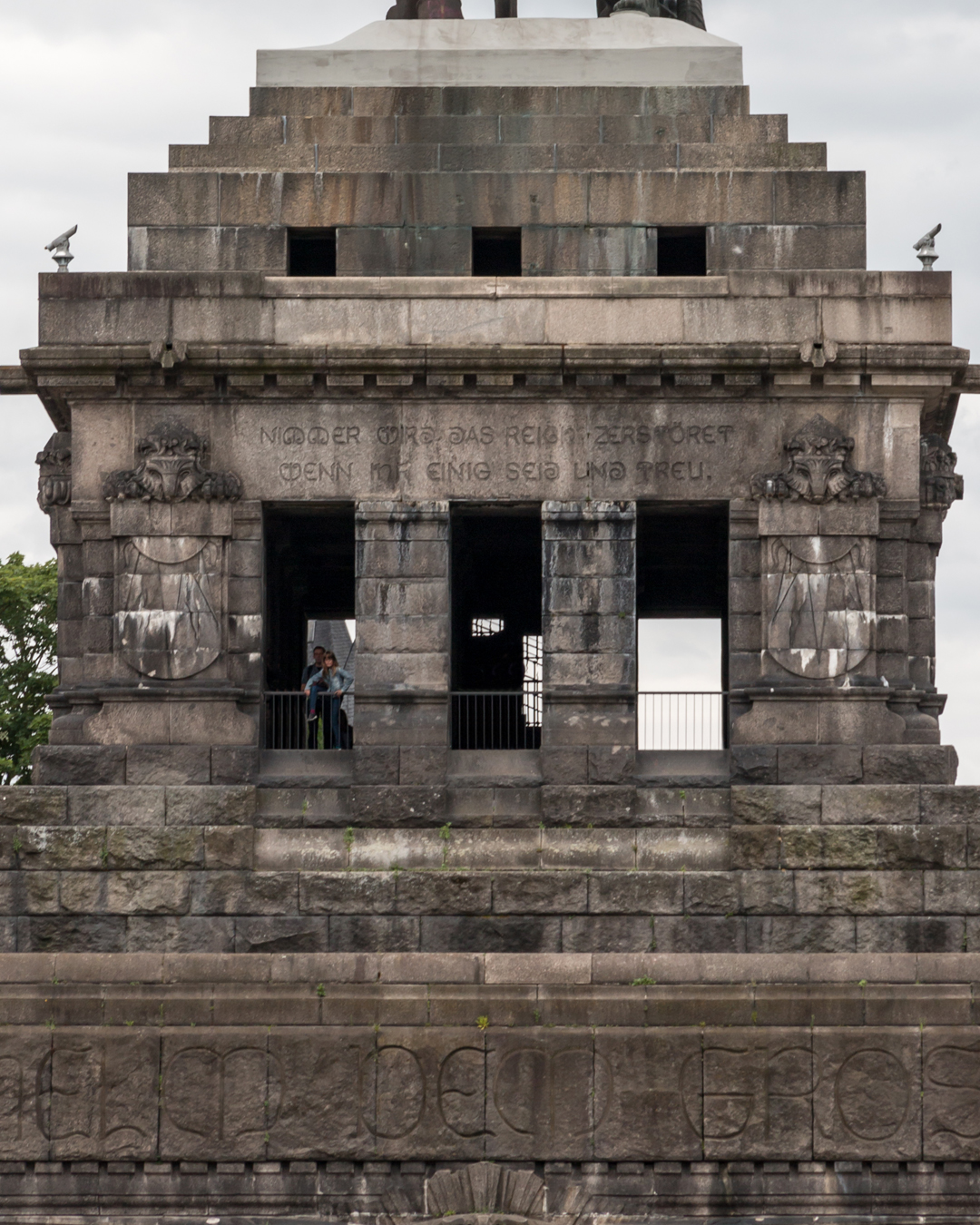




Eck Nouveau is a typeface I developed based on a stone inscription I came across a few years ago at the Kaiser Wilhelm Monument in Koblenz, where the Rhine meets the Moselle, at the so-called Deutsches Eck. The original letters are part of an Art-nouveuesque inscription carved into the granite pedestal, subtle and easy to miss next to the massive late-19th-century structure. For me, the letters are a great example of German Art Nouveau: earthy, restrained, and less playful than its French or Belgian counterparts.





As is often the case when working with historical type, the challenge lay in the fact that only a few letters had survived… far too few to construct a full alphabet, including numerals and special characters, without interpretation.Despite a bit of digging, several phone calls, and email correspondence, I was unable to find any original drawings by August Vogel, the Berlin-based sculptor who created the inscription. All I found was a brief mention in a personnel file in the archives of the Prussian Cultural Heritage Foundation, noting it as one of his many commissions. No original sketches yet. The entire monumental ensemble, designed by architect Bruno Schmitz, with the bronze statue by Emil Hundrieser, was inaugurated in 1895, destroyed in 1945 at the end of WW2, and reconstructed after German reunification in 1993 in its original form.

